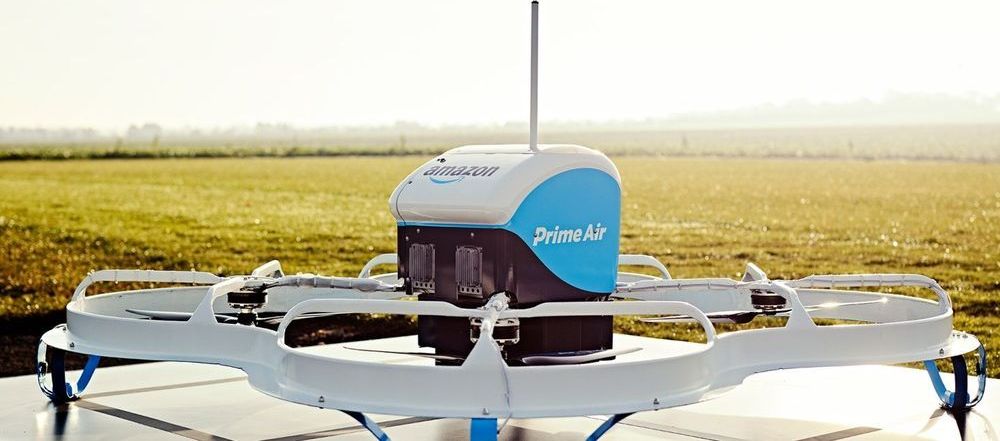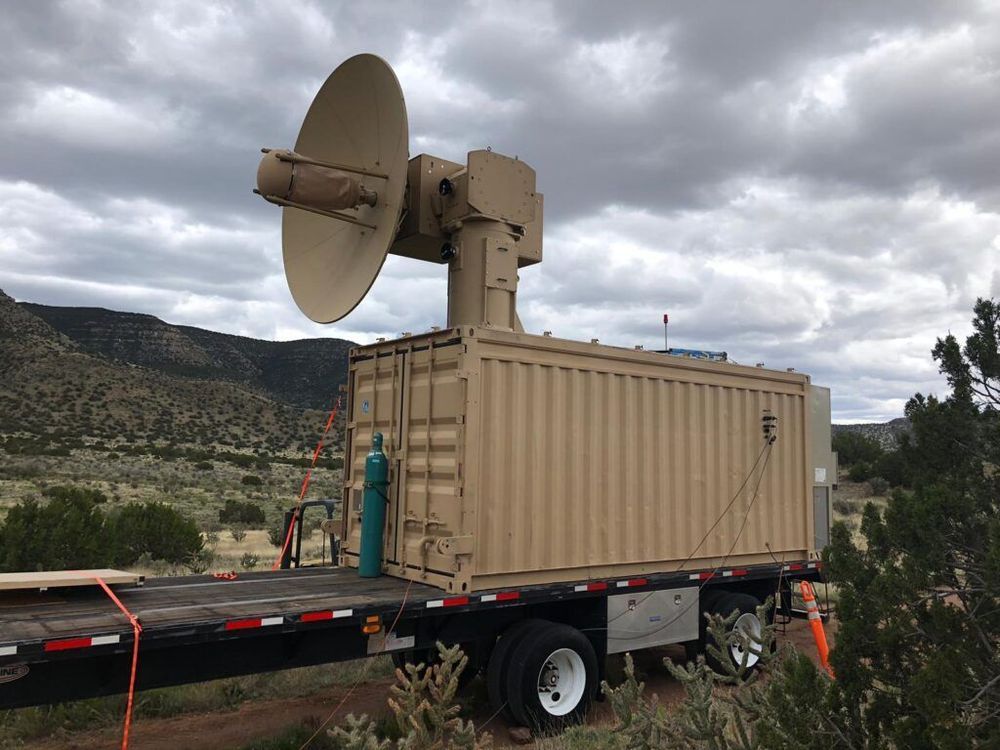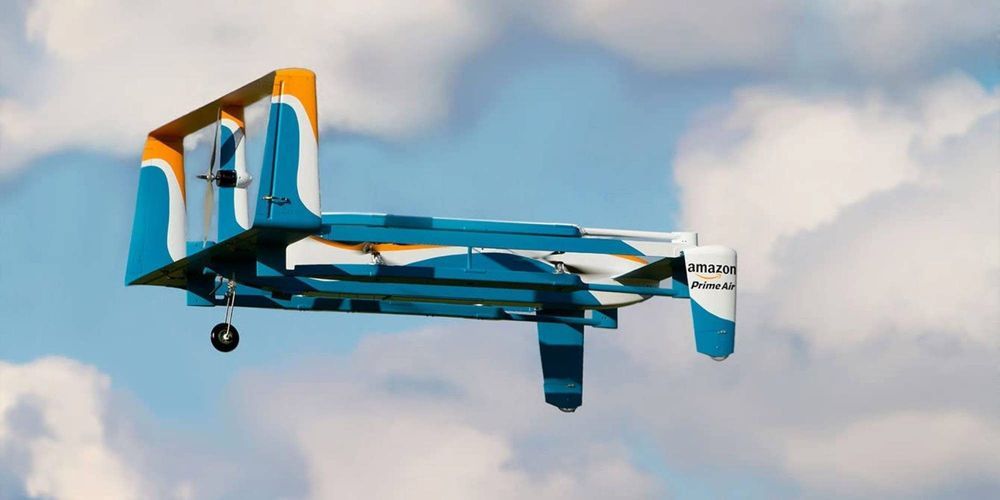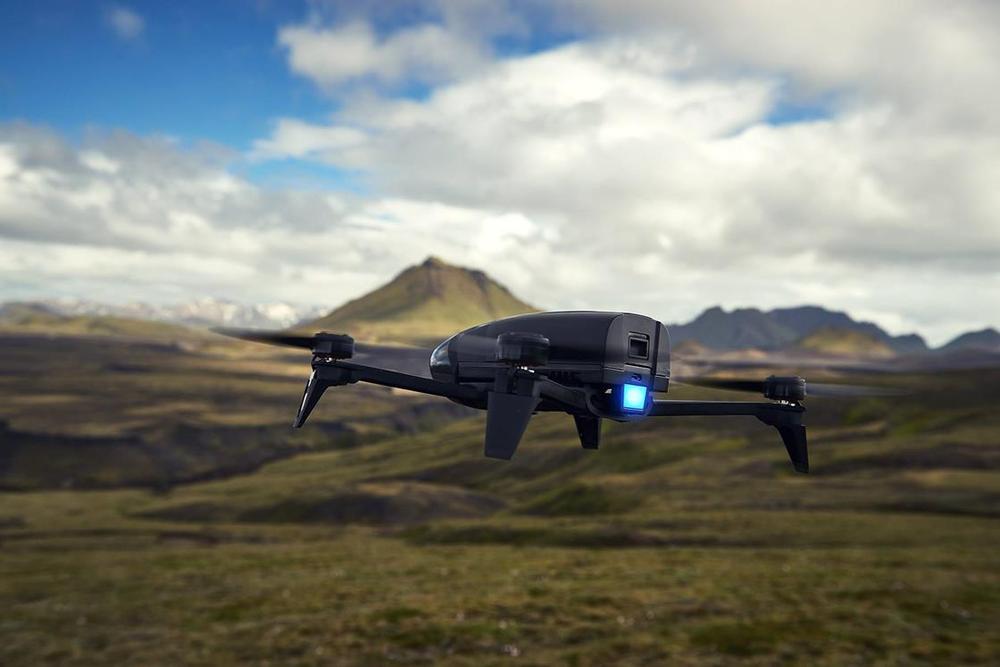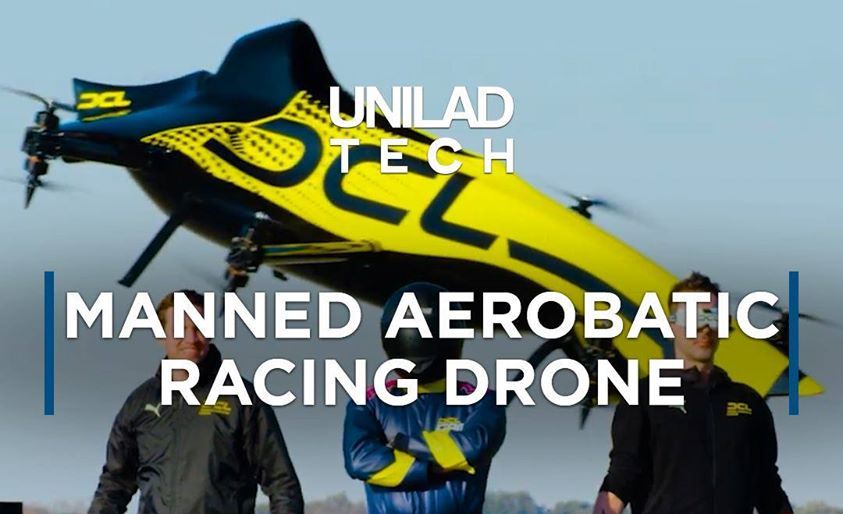Amazon’s Prime Air drone delivery plans scored a boost on Thursday. The Federal Aviation Administration approved an exemption allowing the company to move forward with operations while working towards formal certification of the MK27 UA aircraft and the airline operations. The approval comes with significant limits, but allows the company to continue development of the platform and supports progress towards the necessary certifications.
The relief provided in this 44807 exemption would enable the Amazon MK27 unmanned aircraft (MK27 UA) and associated aircraft systems (MK27 UAS) to operate in cargo delivery operations without an airworthiness certificate. The FAA concludes that Amazon’s compliance with the conditions and limitations of this exemption, along with the FAA’s safety evaluation of the MK27 UAS, will enable Amazon’s operations using the MK27 UAS without adversely affecting safety. Amazon is currently engaged in the process to receive a type certificate for the MK27 UAS utilized in its operations.
